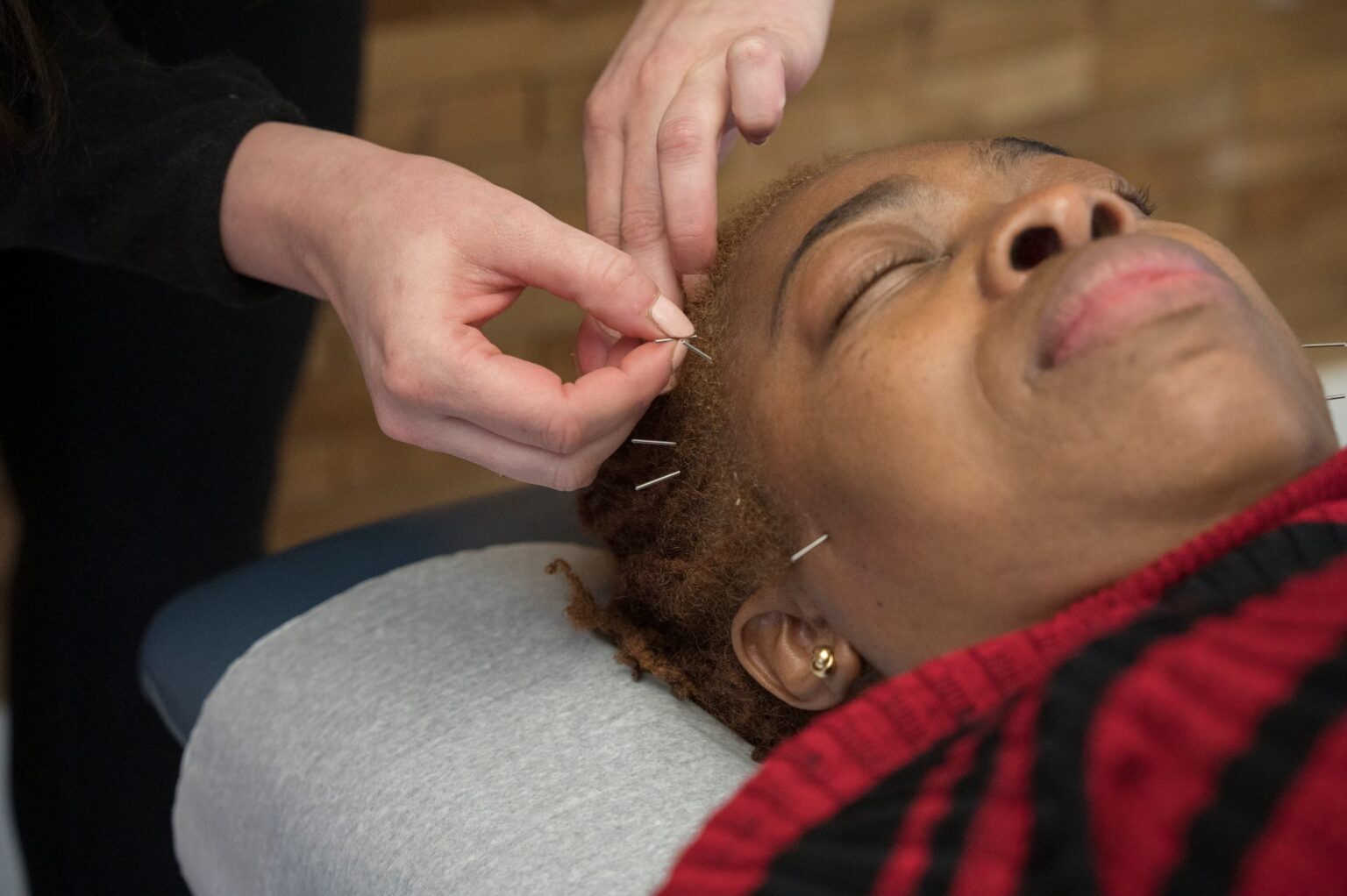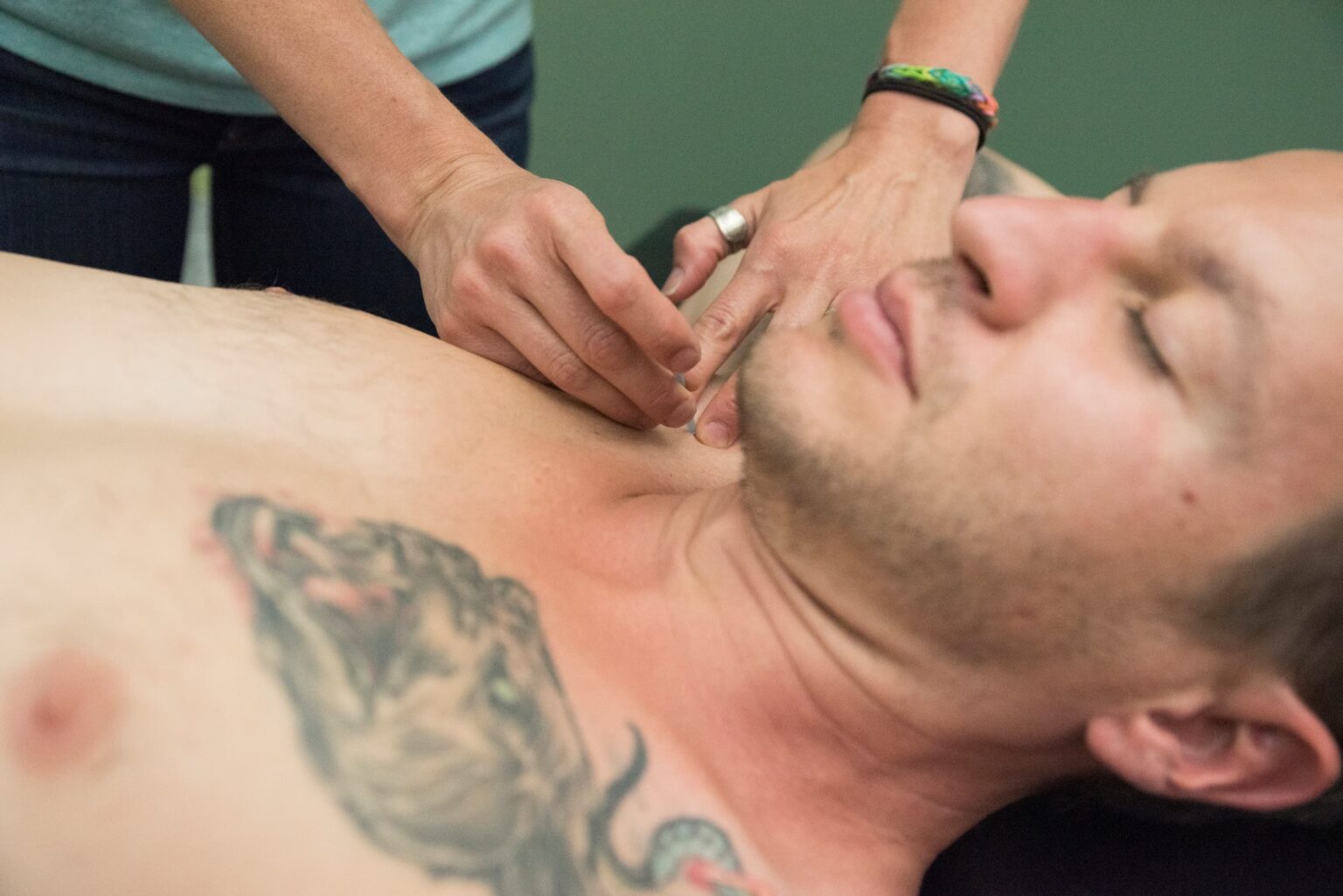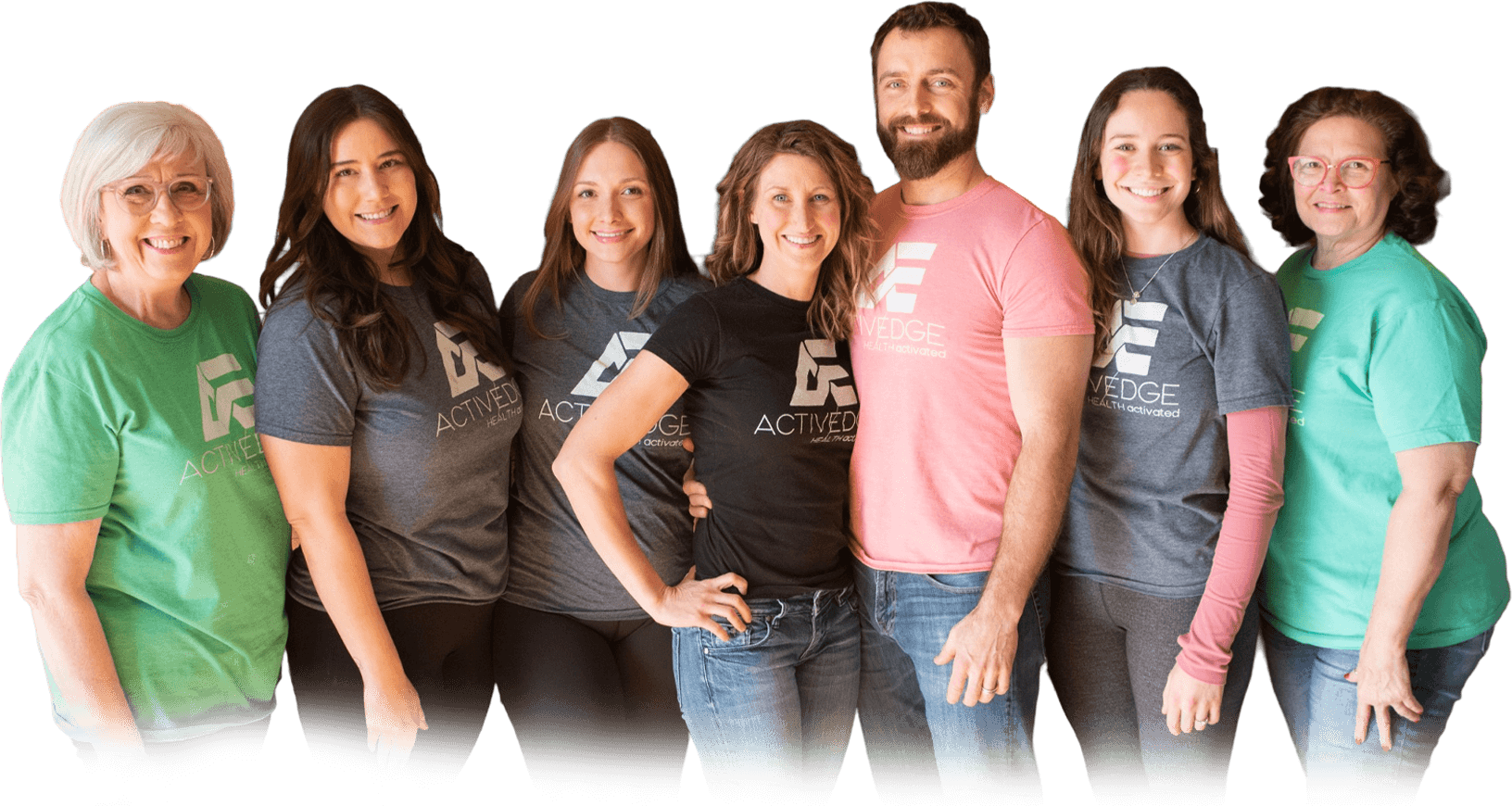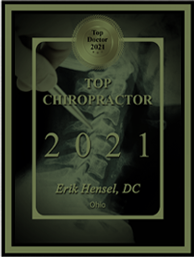



Dry needling is a relatively “new” therapy that can help reduce pain, adhesions, spasms, cramps, and trigger points in muscles. In doing so, it can also decrease acidity in the muscle and affect surrounding or associated facia. It is especially effective for reducing tension along a whole muscle, sling, or fascial chain of muscle. “New” is in quotations because dry needling is rooted in ancient Chinese medicine that has been around since the early 1900s but has just recently gained popularity in the US.
DRY NEEDLING VS ACUPUNCTURE
People confuse dry needling with acupuncture because both use similar filiform needles, but the two are actually very different in their premises:

If you’re experiencing muscular issues, having frequent muscle spasms, or notice a reduced range of motion, Active Edge can help in several ways, including the use of Dry Needling. Our practitioners specialize in whole-body wellness to give you a customized treatment plan. That may be one option like dry needling or multiple options like massage, physical therapy and others for treating your pain using different techniques. We’re here to help you live your best life!

Trigger points are known areas of low oxygen, low nutrients reception, and low Ph which means they are areas of low healing.
Acidity creates a more diseased state, or disease susceptible state in the body.
Lack of oxygen and ability to bring in nutrients makes healing less likely and degeneration more likely.
This is why trigger points can be so persistent and continue to return even when you utilize dry needling therapies or massage to increase blood flow and nutrients to the area.
The other main contributor to recurring trigger points is poor movement patterns and fascial communication.
As we stated above, both massage and dry needling can both be effective techniques to restore your muscles. We use active soft tissue release in practice daily with great results.
The application and choice of technique depend on a variety of factors including:
Consider for analogy purposes, your muscle are a bundle of rope.
If there is a knot in on the outside of the bundle, it’s easy enough to remove with your hands. That would be an example of massage or soft tissue work.
But what if that knot is in the middle of that bundle? Wouldn’t it be easier to use a tool to help get those knots out? It sure would be and it would be less time consuming.
So, when there are multiple knots throughout your skin and muscles, using multiple techniques and different tools can help you get your muscles back to full length, stretch, tension, and function much faster. That is why dry needling can be a much better option than traditional massage or physical therapy.
Dry needling therapy allows for reduction of deeper trigger points and more trigger points simultaneously. As the needles prompt your body to calm the trigger points, they are stimulating your muscle tone, stretch, and function improve. By addressing multiple trigger points along a single muscle or chain of muscles, you can reduce trigger points, but also, improve fascial communication, movement pattering, and ease of movement.
To be clear, there is no movement happening while the needles are in. Moving a muscle that has a needle in it can bend the needle which makes it both uncomfortable and difficult to remove. Once the needles are in, you’ll lay still for 10-40 minutes depending on your provider, the area being needled, how quickly the trigger point is responding and if electric muscle stimulation is being utilized. Movement changes are something you’ll notice once the needles are removed and your body gets the opportunity to try out its new range of motion.
As stated above, finding where to the places where needles is through the experience of our dry needling practitioners at Active Edge. Generally speaking, any muscle can be treated with dry needling therapy but there are many locations or conditions where we see that it’s most effective. Here is a list of a few of them:
Dry needling is a safe practice that our practitioners have gone through rigourous training to perform on our patients. With that said, there are some common side effects that come with treatment we want to make sure you’re aware of.
Feeling tired, drowsy, or dizzy may happen during and/or after treatment. For this reason, if a patient has never had dry needling performed before, we recommend patients account for extra time after treatment. This occurs more frequently with treatment sessions in the neck or head.
Minor bleeding, bruising, soreness and pain are common but typically only last 24-48 hours. Other more serious injuries related to the lungs or nerves can occur but are extremely rare.
It’s recommended to drink more water over the next few days or apply ice to help reduce soreness and pain. Additionally, you should minimize activities like working out, running, playing sports or stretching a few days after treatment to allow your muscles to fully recover after treatment. Always error on the side of caution when experiencing any type of pain and stop the activities to avoid any further discomfort.
As Doctors of Chiropractic, our curriculum includes some of the most in-depth training in spinal anatomy, musculoskeletal conditions and diagnosis, vertebral subluxations, kinesiology, and more. We’ve refined our knowledge over the years with continuous study about muscles, fascia, the skin, soft tissue injuries, and the reaching affects it may have on your body as well as how other dysfunction can affect function, health, and neurological communication.
Our doctors are trained in a variety of techniques and utilize this diversified approach to make each patient’s experience as effective and comfortable as possible. Active Edge Doctors are constantly researching new therapies and techniques to help our patients resolve even the most stubborn concerns.
Beyond physical modalities and techniques, our doctors are also versed in Functional medicine and techniques to help release emotions stored in the body and causing dysfunction. Neither, either, or both could be relevant in combination with your physical care, especially in cases of chronic or recurring problems.
Applying these and other modalities in private practice since 2012, patients see positive improvements in pain reduction, range of motion, and more.
EXCELLENT

Dry needling can elicit several different responses based on the sensitivity and tone of the location. Most commonly, you may feel a teeny prick (legitimately teeny, not at all like getting a shot) when the needle initially pierces the skin. Beyond that, you may feel a twitching or cramping sensation when the needle gets into a trigger point or tight spot in a muscle. Occasionally you may feel a “zing” or referred sensation to another area of your body either along the same muscle or elsewhere. Most sensations diminish quickly after the needle is inserted, others dull gradually through-out your session. Sometimes a painful radiating symptom may occur. This indicates that a nerve is being needled and the sensation remains intense even after letting the needle settle. If you experience this, make sure to let your practioner know so that they can shift the needle. If there is ever any concern about what you are feeling, it is a good idea to give your practioner a heads up.
Often, once the needles are placed you will feel nothing (unless you move, and then your body will rudely remind you that you have needles in the muscle you just moved). Sometimes you will feel the needles when they are removed, sometimes you will not. Once you are needle free, you may have a heaviness or lightness about the area or extremity. You may feel like you did a hard work out, or that you are much looser. Some patients note other responses, but those are the most common.









At this point, you are feeling better than you ever thought you could as you are feeling energized and thriving. You have learned a lot about your body, you are moving more efficiently, you understand your body’s cues, and you have a good idea of what to do with these cues. This means you get to try new things, achieve new goals, and conquer new challenges! As you do, we will be here as your resource, as needed, to help you nourish, boost, and refresh your health.

Pain is generally the last symptom to show up and the first to go away. This means that by the time you realize there is a problem, there has been a problem for a long time. Especially for chronic or recurring issues, understanding how you got to where you are is so important for getting to where you want to go. In this stage of your journey, you will resolve underlying dysfunction, remove cheats, and retrain habits. As we aid you in activating your body’s natural healing potential, we will help you regain movement, energy, and body function both inside and outside. Throughout this process, you will start to feel greater ease and inspiration as you restore communication and efficiency in your body. Together, we will constantly assess, observe, and reassess your body’s responses to boost your results.

You are your own person, with your own collection of life events which brought you to where you are today. You deserve to be heard, seen, and treated as the individual you are. Your journey begins with your Discovery Evaluation. This first visit includes your exam which works to uncover the root of your issue(s), new patient diagnostics, and, of course, your first treatment. This is how we will help you begin connecting the dots and feeling better. After your first treatment, we will ask you to observe your body’s responses– good, bad, or indifferent. There is no wrong answer as this is just starting point information and direction for moving forward. In your second visit, we will review this feedback and your diagnostics to further identify potential underlying causes and compensations. We will combine everything we have learned about you, consider your goals, and together create a plan to resolve your concerns from the roots up.